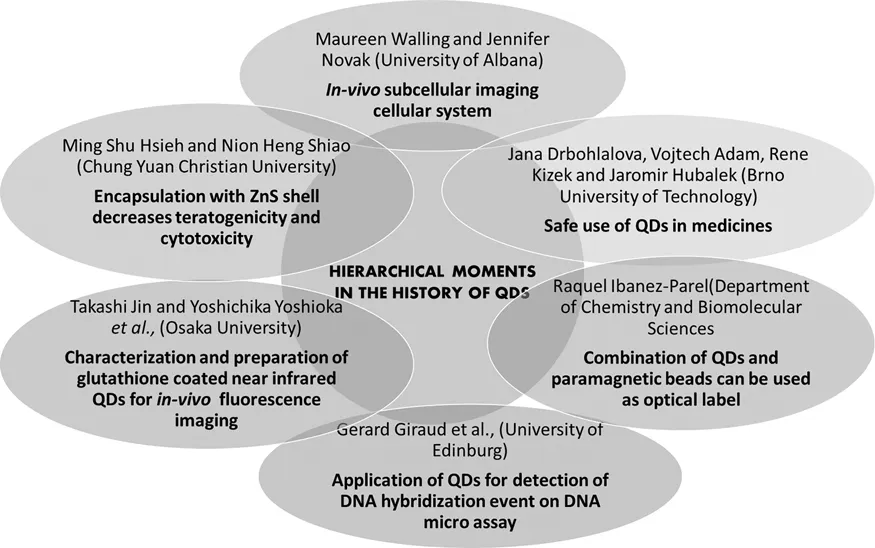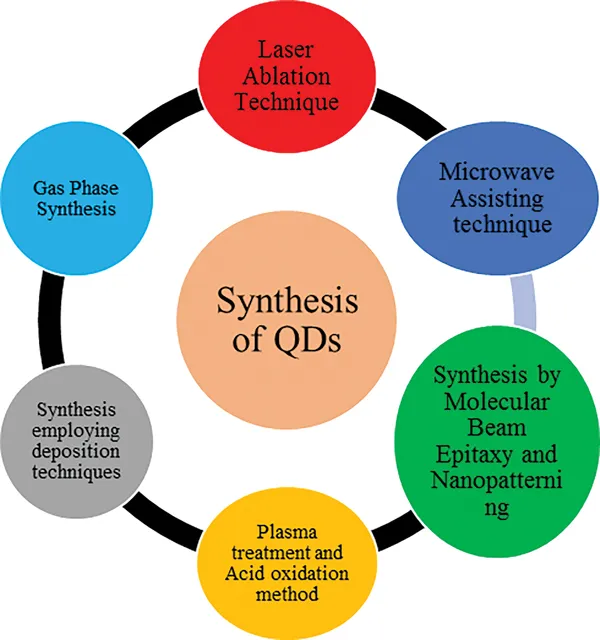
Micro- and Nanotechnologies-Based Product Development
Neelesh Kumar Mehra, Arvind Gulbake, Neelesh Kumar Mehra, Arvind Gulbake
- 352 pages
- English
- ePUB (mobile friendly)
- Available on iOS & Android
Micro- and Nanotechnologies-Based Product Development
Neelesh Kumar Mehra, Arvind Gulbake, Neelesh Kumar Mehra, Arvind Gulbake
About This Book
This book provides comprehensive information of the nanotechnology-based pharmaceutical product development including a diverse range of arenas such as liposomes, nanoparticles, fullerenes, hydrogels, thermally responsive externally activated theranostics (TREAT), hydrogels, microspheres, micro- and nanoemulsions and carbon nanomaterials. It covers the micro- and nanotechnological aspects for pharmaceutical product development with the product development point of view and also covers the industrial aspects, novel technologies, stability studies, validation, safety and toxicity profiles, regulatory perspectives, scale-up technologies and fundamental concept in the development of products.
Salient Features:
- Covers micro- and nanotechnology approaches with current trends with safety and efficacy in product development.
- Presents an overview of the recent progress of stability testing, reverse engineering, validation and regulatory perspectives as per regulatory requirements.
- Provides a comprehensive overview of the latest research related to micro- and nanotechnologies including designing, optimisation, validation and scale-up of micro- and nanotechnologies.
- Is edited by two well-known researchers by contribution of vivid chapters from renowned scientists across the globe in the field of pharmaceutical sciences.
Dr. Neelesh Kumar Mehra is working as an Assistant Professor of Pharmaceutics & Biopharmaceutics at the Department of Pharmaceutics, National Institute of Pharmaceutical Education & Research (NIPER), Hyderabad, India. He received ' TEAM AWARD ' for successful commercialisation of an ophthalmic suspension product. He has authored more than 60 peer-reviewed publications in highly reputed international journals and more than 10 book chapter contributions. He has filed patents on manufacturing process and composition to improved therapeutic efficacy for topical delivery. He guided PhD and MS students for their dissertations/research projects. He has received numerous outstanding awards including Young Scientist Award and Team Award for his research output. He recently published one edited book, ' Dendrimers in Nanomedicine: Concept, Theory and Regulatory Perspectives ', in CRC Press. Currently, he is editing books on nano drug delivery-based products with Elsevier Pvt Ltd. He has rich research and teaching experience in the formulation and development of complex, innovative ophthalmic and injectable biopharmaceutical products including micro- and nanotechnologies for regulated market.
Dr. Arvind Gulbake is working as an Assistant Professor at the Faculty of Pharmacy, School of Pharmaceutical & Population Health Informatics, at DIT University, Dehradun, India. He has authored more than 40 peer-reviewed publications in highly reputed international journals, four book chapters and a patent contribution. He has received outstanding awards including Young Scientist Award and BRG Travel Award for his research. He is an assistant editor for IJAP. He guided PhD and MS students for their dissertations/research projects. He has successfully completed extramural project funded by SERB, New Delhi, Government of India. He has more than 12 years of research and teaching experience in the formulation and development of nanopharmaceuticals.
Frequently asked questions
Information
Section B
5 Pharmaceutical and Biomedical Applications of Multifunctional Quantum Dots
5.1 Introduction
5.2 History of QDs


5.3 Types of QDs

5.4 Synthesis of QDs
5.4.1 Organic-Phase Method/Organometallic Chemistry Method
5.4.2 Water-Phase Method/Aqueous Solution Method
5.4.3 Hydrothermal and Microwave-Assisted Irradiation Methods
